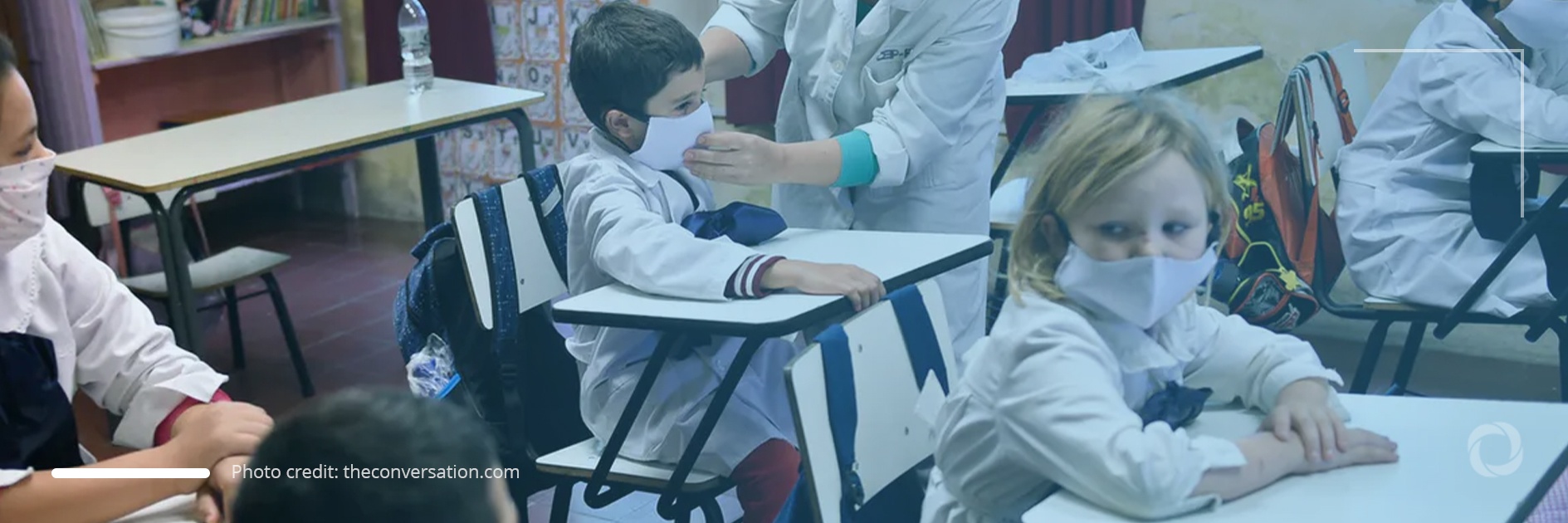About 120 million pupils in Latin American countries and the Caribbean have lost a full academic year because of the COVID-19 related lockdowns. This, the World Bank (WB) has warned, will have huge implications for their education and professional future and will most likely trigger an increase in the rate of learning poverty – the inability of 10-year-old children to read and understand simple texts. Overall, this development will translate into a huge economic blow for these countries.
Being one of the continents worst hit by the pandemic, most Latin American countries (except for six smaller countries) closed down schools back in March 2020. As the continent experienced two rather severe waves of the pandemic, cautious attempts to reopen schools in some countries, such as Argentina and Colombia, were rapidly abandoned. It was only in June that some schools partially and warily resumed their in-class activities.
“This is the worst educational crisis ever seen in the region, and we are worried that there could be serious and lasting consequences for a whole generation, especially for the most vulnerable sectors,” said Carlos Felipe Jaramillo, World Bank Vice President for Latin America and the Caribbean.
After 10 months of school closures (the entire academic year), 71% of lower secondary education students may not be able to understand a text of moderate length whereas, before the pandemic, this figure was 55%. This could rise to 77% if schools remain closed for an additional three months, the institution warned back in March.
“Countries that do not reopen their school system for three additional months (13 months total and low mitigation effectiveness) could see almost 77% of these youth falling below minimum proficiency levels,” the World Bank warned in its report.
Although many states in Latin America and the Caribbean put much effort into organizing remote learning, many failed to meet all the needs due to limited resources. Most schools in the region have internet access problems which is not the case for students. While 98% of the richest fifth of students have access to the internet, only 45% of the less well-off are able to enjoy this service. In Brazil, the only internet access for 60% of black and indigenous students is via mobile phone. The lack of sufficient internet access forced some governments to opt for more traditional means, such as TV channels, radio, and printed materials as was the case in Mexico where 25 million students are taught this way.
A lower level in the quality of knowledge and skills will not be the only negative effects of the educational crisis in Latin America and the Caribbean. It will also translate into reduced opportunities in the labor market for this generation of pupils.
“We may witness an educational tragedy as never seen before in the coming years if countries do not act faster and more comprehensively. The important human capital gains of the last decades could be wiped out. But what is worse: these losses could become permanent, eventually eroding the opportunities of a LAC generation,” the report concluded.

